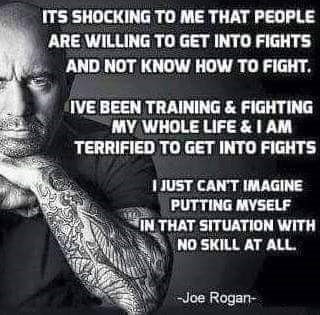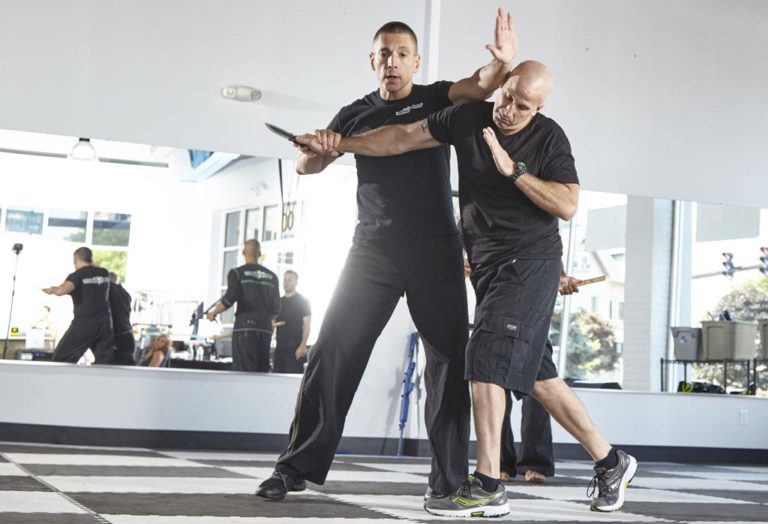I once attended a workshop for self defense instructors and before the session began,the senior black belt leading the session posed a question:
“What is the single most important factor that dictates strategy in a fight? “
Despite having 40 instructors in attendance, everyone remained quiet. The correct answer was “terrain”.
If you consider all the factors that can effect your abilities to successfully defend yourself, one must consider the layout of the room and the footing available during a fight. Sadly, the self defense industry rarely discusses spacial requirements or footwork needs to accomplish the specific techniques they teach. In reality, every “solution” taught for a given attack must be filtered through very real logistical considerations. An incomplete list to ponder:
Is there safe footing for kicks?
Is there enough room for a takedown?
How crowded are the surroundings?
Do I need to worry about a second attacker?
Which direction is safety?
Am I defending a person who is important to me?
Without these specific bits of information, it is impossible to ascertain whether a specific technique is effective. Takedowns may require floor space that a crowded sports bar or subway station might not accommodate. Uneven or slippery terrain might make kicking or bursting footwork untenable. (I was once on an Amtrak train going 100+ mph and realized that the floor was shaking so violently, kicks would be impossible). The location of safe egress might be in front or even behind you; thus affecting which direction you ultimately send your attacker, if you’re able to establish any level of control over their body.
A major mistake that students make when learning self defense, is assuming the physical location of the attack they must ultimately defend has the same or similar physical layout to the location they learned the technique. Remember, techniques must be adapted to how you move, the size and weaponry of your attacker, the need to protect a VIP and, most importantly, the space and footing you have available.
Learn your techniques, practice them enough to understand how to implement them in time of need, but always remember that where you are dictates what opportunities you will ultimately have available to complete the tasks at hand.




